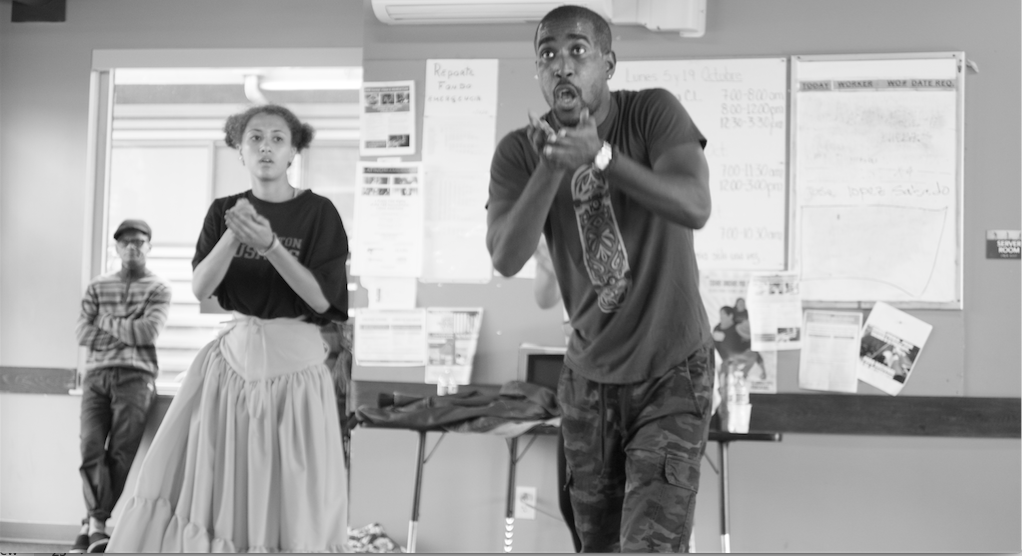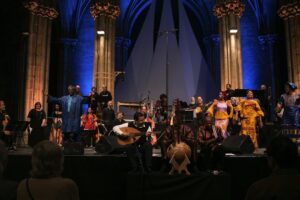
UW Student Reflections
Education is central among the activities of MÁS. An initiative that we are excited to have launched during the Afro-Latino Art and Education Season was the creation of bridges between academia and community work. Knowing that teaching and learning also take place outside of the classroom, we identified courses and teachers at the University of Washington that would include Afro-Latino content in classes offered during the fall quarter. We did the usual: we announced the season in classrooms and through newsletters, emails, and other means. But some of the teachers designed their syllabus based on the activities planned by MÁS; others offered their students extra credit for volunteering or attending community events, and still others made active participation with MÁS a requirement.
We also wanted to make the space and resources of the university accessible to members of the community. We hosted an Afro-Latino Film Festival and Conversation on the UW campus, events that brought together faculty, students, and an age-diverse community audience for unique conversations and interactions with community leaders. The closing event of the season was ¡another thing! Imagine the UW Ethnic Cultural Theater showcasing dance and music from 12 different countries and overflowing with colors, music, dance, love…and people (we were sorry we couldn’t allow multiple people in).
The impact? Incalculable.
“…it was so overwhelming that I couldn’t hold back some tears…something woke up in me. I began to reflect on my own experience of feeling racially and culturally displaced and the lack of a sense of belonging that marked my childhood,” one student wrote. Another expressed: “my life has changed forever”. While these students had originally planned to complete a requirement for their classes this last student decided to continue and deepen their Garifuna language learning through classes beyond the fall season. We heard many say what this student said, that “…even though my racial community is not Afro-Latino, I was shocked to see the power of art in bringing people together.”
Other students reflected through the design of teaching modules for workshops, crafts and even poetry such as:
“Movement and joy”
Faces, friendship, talents and cultures exchanging
In a genuine display of proud participation
Individuals united as a whole
To dance, sing, perform and play
In a program full of curiosity, variety and joy
A borderless, sociable community opened up to welcome everyone to join the show
On every face, a smile
For me something new, an entire theater hypnotized through a simple magic
Of hard work, affection and effort made to create something more than ourselves
The full theater applauded and shouted sharing the joy of the presenters
All united as one
Other reflections were explorations of themes such as “resistance and identity in capoeira” or “the organization and support of Afro-Brazilian feminism”. In general, the students expressed the simple joy of feeling the art. “…I was completely immersed in the sound of Mirta’s voice and the emotion in it. Despite not understanding the lyrics[de las canciones] , the rhythms of the milonga and the candombe spoke for themselves. My favorite part of the class was especially being able to play the drums. The showing of the documentary Tango Negro went hand in hand with the workshop”.
Students and teachers who participated in the Afro-Latino Arts and Education Season mentioned time and time again that experiences like these should be required for college students. “There is so much out there and I learned so much” said one student while another concluded “this event was definitely the highlight of my week, if not the entire fall term!”















